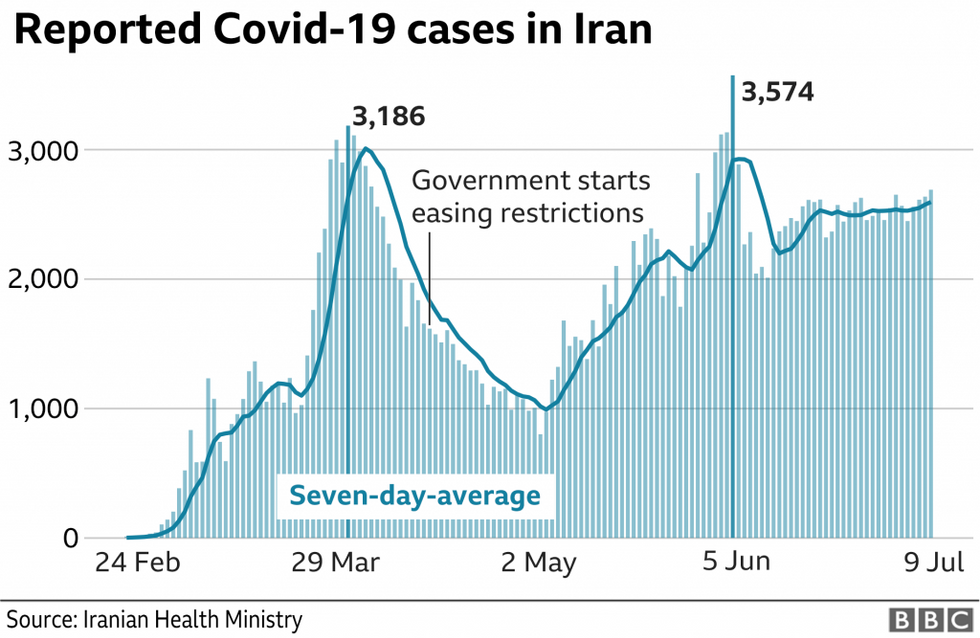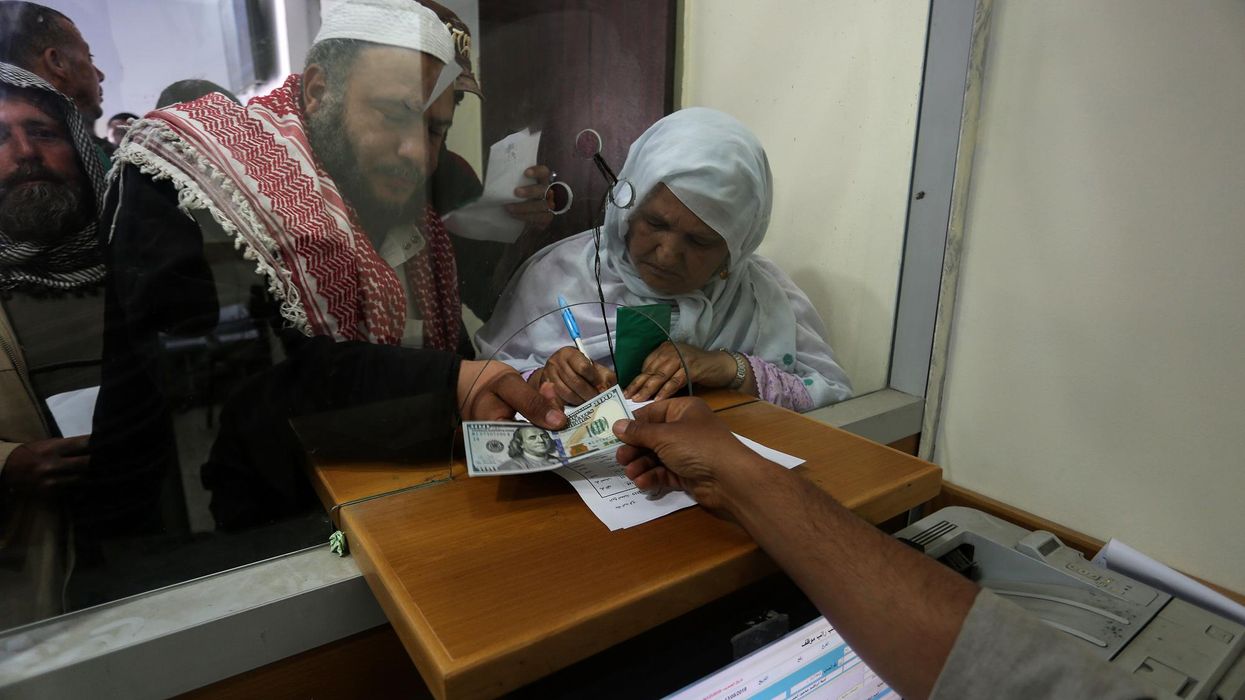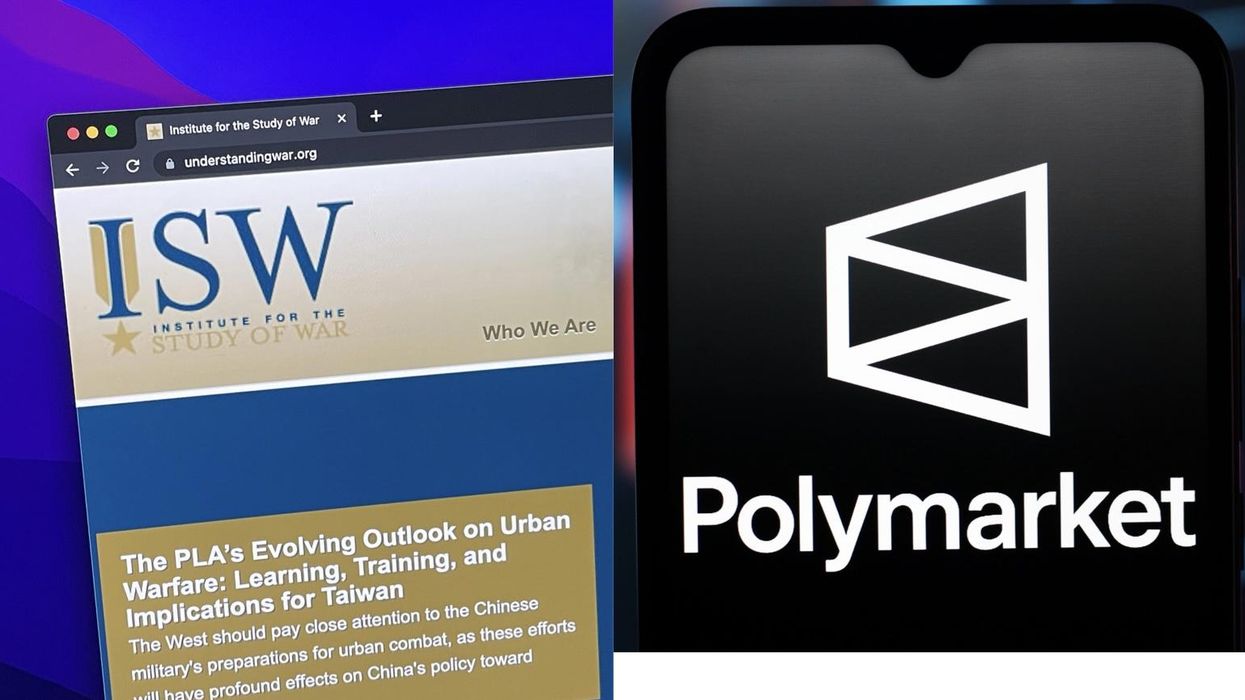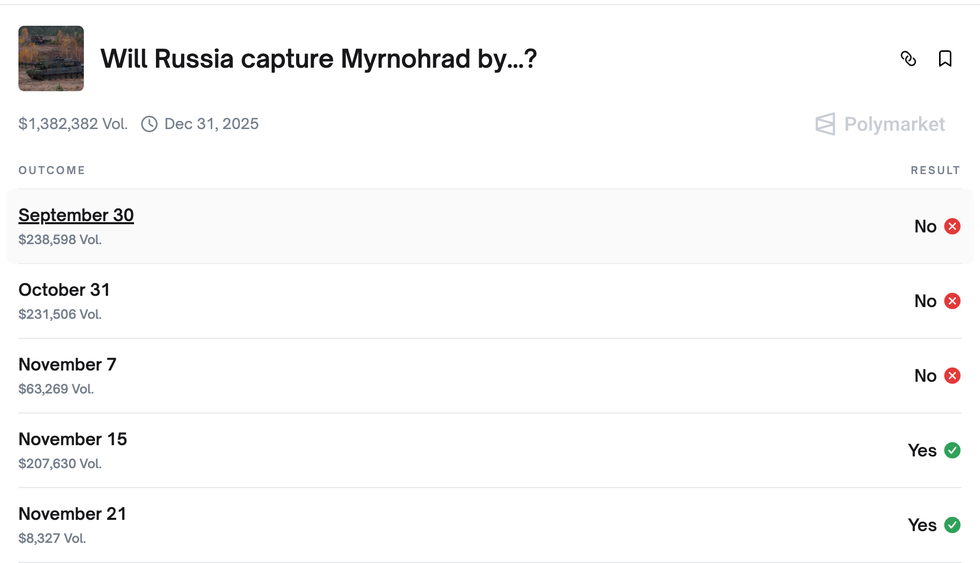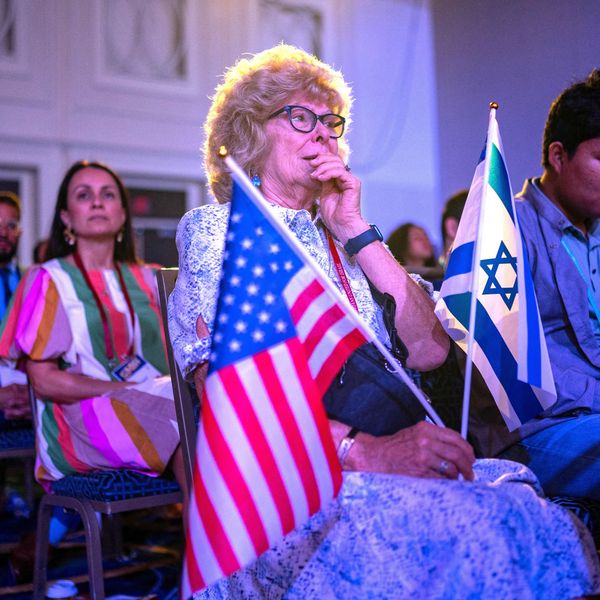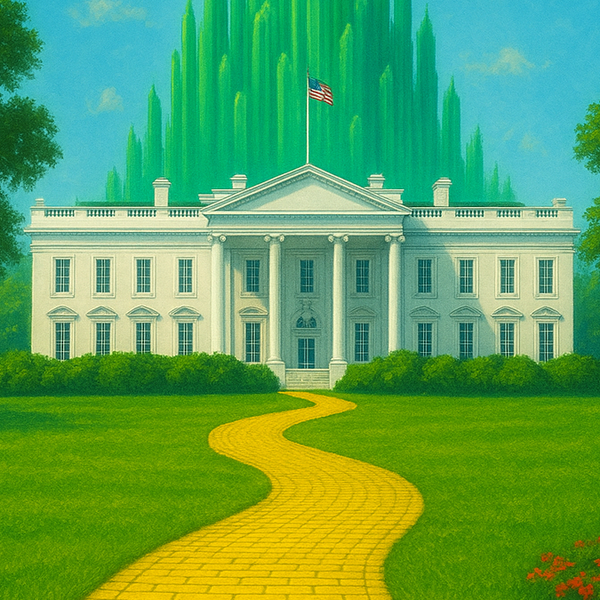This week, Iran announced its highest single-day death toll from COVID-19 since the start of the outbreak in February. The uptick in cases and deaths is the result of a new wave of infections that began May 3rd, two weeks after the gradual easing of the country’s partial lockdown in mid-April.
Coincident with the upsurge has been a drop of 13% this past month in the value of Iran’s currency, reflecting not only the economic impact of the virus, but a disinclination by exporters to repatriate their foreign currency. How effectively Iran is handling this health crisis, in the face of the mounting damage to its already enfeebled economy, is a debate that has generally judged Iran harshly, both outside Iran and among groups within. Yet, criticising Iran’s conduct fits into a picture that is not unique to the issue of Covid-19, but which afflicts many discussions to do with the Islamic Republic, in which context and fact are understood within a politicized frame of curated data and received wisdom, clouding the true picture, to the detriment of those attempting to formulate policy towards it.
In the case of Iran’s approach to Covid-19, the numbers and the context are worth considering. Iran’s first four deaths were reported on February 6th. This made it the first country outside East Asia to experience the impact of the virus, when it was still being called an epidemic. A full month would pass before the World Health Organisation labelled it a pandemic and offered specific guidelines for its containment.
Iran was also the first country to be exposed to Covid-19 without previous experience with the virulence of a SARS corona virus, unlike China, South Korea, Hong Kong, Singapore, Taiwan and Vietnam, all of which responded with immediate border closures and lockdown once it appeared.
Instead, Iran at first hesitated, like many other countries in the world. In the first two weeks after the virus crossed the Iranian border, the government made multiple errors that significantly contributed to its spread. President Rouhani’s administration did not lock down Qom, where the virus initially emerged; it did not stop flights transporting personal protective equipment (PPE) to Wuhan to help out with the crisis; it held a parliamentary election; and it kept most mosques, government offices, transport lines and businesses open, opting instead to initiate widespread public infrastructure sanitation and social distancing. Further, the government was unable to agree a common platform, the division between Conservatives and Reformists, and a lack of cooperation by the establishment clergy in Qom, leading to ambiguous messaging, insufficient transparency, and delayed policies. Those two weeks proved critical, and the virus spread logarithmically.
This was not a pattern unique to Iran. Other states, most notably the UK and the US, delayed lock-down procedures, as large sports events gathered their citizens together well after the virus had been detected. India conducted an election after Iran’s and put no restrictions in place in February, to accommodate a state visit by US President Trump that same month. As the weeks unfolded, it became increasingly clear to populations and leaders the world over that timing and containment measures were not only difficult, but nationally specific.
Iran’s unique context
As a frontline country, Iran’s calculations starkly contrasted the trade-off between saving its people’s health and saving the economy. On the one hand, it enjoyed a significant advantage – its health care system – which includes quality medical training and a domestic pharmaceuticals industry that produces not only PPE, ventilators and testing kits, but self-sufficiency in 70% of the drugs needed by the population (although this changed drastically with the virus outbreak, particularly as it must still import key ingredients, and specialised packaging).
On the other hand, US sanctions were isolating and suffocating its economy. On the plus side, four decades of sanctions had instilled a resilience among Iran’s people; there was little panic buying as a gradual lockdown was put in place, and economic turnarounds had become an expectation after each new sanctions regime translated into domestic solutions to closed foreign markets – as in the case of the pharmaceuticals industry. Yet, the government was cash poor, leaving it few options to offer business bailouts, loan support or employment supplements.
On May 4th, nine weeks into the pandemic, the curve flattened and the number of daily deaths in Iran reached a low after a sustained month-long decline, the total standing at 6,091. Economists, such as Harvard’s Djavad Salehi-Isfahani, who monitors long term health statistics produced by several government ministries, considers the numbers generally credible, reflecting data collected routinely through the country’s network of health and insurance facilities. By July 7th, according to the BBC, one in every 45 people was being tested. The numbers presented by regime opposition group the Mujaheddin-e Khalq (MEK), showing five times the government’s statistics, are by contrast neither verifiable nor collected systematically. In comparison to Iran’s official total of 12,635 deaths (Worldometer), the UK, with a population of 20 million less people and having battled the virus for less time, had, by June 12th, a similar number of confirmed cases, and 44,819 deaths, almost four times Iran’s.
Unlike the UK, however, Iran’s demographics have been a boon, with the average age just 31. Yet also unlike the UK, Iran’s battle has been fought under the carapace of sanctions, significantly narrowing its options. The pandemic did little to change that picture, and indeed, rather than easing the pressure during the crisis, the US has applied four more rounds of sanctions since February and contributed to the derailing of Iran’s application for an IMF loan. The three special financial instruments designed to facilitate the transfer of humanitarian aid to Iran in the face of secondary sanctions on international banking transactions – Europe’s INSTEX, the US-backed Swiss Humanitarian Trade Arrangement (SHTA), and the South Korean Humanitarian Trade Arrangement (KHTA) – have proven so far to have been one-shot channels, stymied by US regulatory red tape.
Unexpectedly, perhaps, it has been its Gulf neighbours, particularly the UAE, that have come to the rescue with PPE and medicines as heightened need led to shortages. Likewise, they have facilitated large financial trades for Iran, springing leaks in the US regime.
Although most of the financial buffers made available by the government will not keep up with inflation, the Rohani administration has nevertheless offered $4 billion in loans to small and medium-sized businesses, loans in the form of transfer payments to households, and nominal pension payments. Yet, it is clear to most Iranians that they are becoming poorer, a trend that began in earnest with Obama’s sanctions in 2012, after two decades of high oil prices and a sustained rise in living standards.
As the new surge in infections grips five out of Iran’s 31 provinces, the government is battling social distancing fatigue and widespread fear that the currency drop will cut deeply into people’s ability to withstand the economic slowdown. Although the roads are choked with traffic, and the bazaar, quiet for the first time in centuries, is now bustling, the concern is that hyperinflation may be in the offing, and hard decisions balancing health against economic welfare, according to the Health Minister, Said Namaki, could prompt protests.
Whispers behind closed doors suggest Iran’s storied capacity to face down sanctions may finally have met its match in Covid-19. What is clear is that although the government does not consider the virus is out of control and spokesman Ali Rabiei sees ‘the gradient of the death toll is still not sharp’ enough to warrant the economic risk of a second lockdown, Iran is balancing choices as its death toll remains stubbornly high that few other countries are having to contend with.
This article has been republished with permission from the European Leadership Network.


